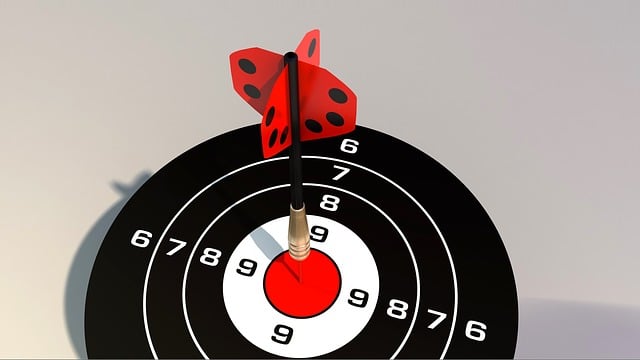Check your own history by gathering personal documents like birth certificates, transcripts, passports, and social media profiles. Arrange them chronologically, look for inconsistencies, and cross-reference with online sources or official data to uncover errors and surprising insights about your heritage and identity. This process ensures accurate records, reveals hidden aspects of your past, and promotes personal discovery.
“Uncover hidden layers of your past with our guide on finding discrepancies in your background records. Explore personal documentation, delve into historical details, and compare them against official records. Learn how to identify gaps or inconsistencies in your story versus the facts. This step-by-step approach, from ‘Explore Your Documentation’ to ‘Resolving Discrepancies,’ empowers you to take control of your history and navigate any unexpected findings with confidence.”
- Explore Your Documentation: A Personal Journey
- Uncovering Hidden Details in Records
- Compare and Contrast: Your Story vs. Records
- Resolving Discrepancies: Next Steps Forward
Explore Your Documentation: A Personal Journey

Delve into your personal documents, a journey into your past awaits. Start by gathering all relevant records: birth certificates, school transcripts, old passports, and even social media profiles. These pieces of paper or digital files hold fragments of your story, each with its own unique detail. As you arrange them chronologically, look for inconsistencies—a gap in your education years, a discrepancy in dates, or an unexpected mention of a place you’ve never visited.
This exploration isn’t just about uncovering errors; it’s a chance to rewrite your narrative. Perhaps a missing year from your family tree prompts further investigation into ancestral records. Maybe a seemingly random reference on social media leads to reconnecting with long-lost friends, adding layers to your identity. By critically examining these documents, you gain a deeper understanding of your history and the potential nuances that contribute to who you are today.
Uncovering Hidden Details in Records

Delving into your own background records can reveal hidden details that might come as a surprise. When you check your own history, you’re not just looking for factual information but also for inconsistencies or gaps that could point to overlooked aspects of your past. This process involves scrutinizing various documents, from birth certificates and school records to employment histories and financial statements. By taking the time to cross-reference these records, you can uncover previously unknown connections, relationships, or experiences that have shaped who you are today.
Unforeseen details may emerge, such as a forgotten childhood move, an undisclosed former residence, or even hidden talents or achievements. These discoveries can provide valuable insights into your personal growth and offer new perspectives on your life journey. Moreover, identifying discrepancies in your records is not just about satisfying curiosity; it’s also about ensuring accuracy. Correcting any errors or inconsistencies in your official documents is essential for maintaining a clear and accurate representation of your history.
Compare and Contrast: Your Story vs. Records

When delving into your background records, a crucial step in understanding who you are and where you come from is to compare and contrast your personal story with the information documented on paper. Your own history, as told through memories, narratives, and experiences, might differ from what’s recorded officially. Discrepancies could arise due to human error during record-keeping, changes over time in official documents, or even alterations in personal perspectives.
For instance, you may remember moving houses multiple times as a child, but the records indicate only one relocation. Or, your birthdate might be listed incorrectly on legal documents, diverging from what your parents recall. By comparing these narratives, you can uncover valuable insights into potential errors or gaps in your official background records. This self-reflection is a powerful tool for personal discovery and ensuring your historical account remains accurate and vibrant.
Resolving Discrepancies: Next Steps Forward

When you’ve identified discrepancies in your background records, the next step is to resolve them. Start by gathering all relevant documents and carefully examining them for errors or omissions. Cross-reference this information with what’s available online or from official sources. If you spot any inconsistencies, reach out to the appropriate agencies or institutions to rectify the record.
Remember, checking your own history is a proactive step towards ensuring accuracy. It allows you to take control of your data and correct any mistakes promptly. This process can be time-consuming but is essential for maintaining the integrity of your records.
